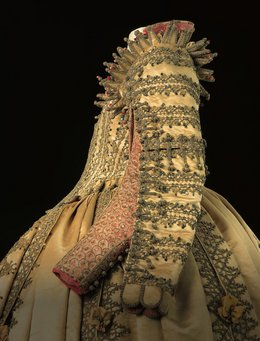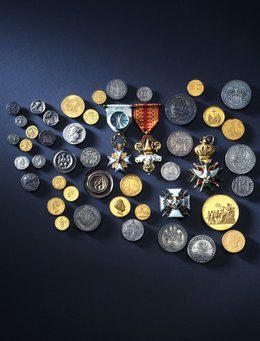Für den Konzeptkünstler
For the conceptual artist, the aspects of democratization and interaction play an important role. In the once-royal parade rooms, the work also raises the question of the privilege of power, access and representation. During baroque period festivities, meals were served here, which is why the room was also called the corner table chamber. On such occasions, a large canopy was stretched over the area, which was modeled on the carpet of golden candies, as a sign of dignity. Below were the tables with an overflowing abundance of food.

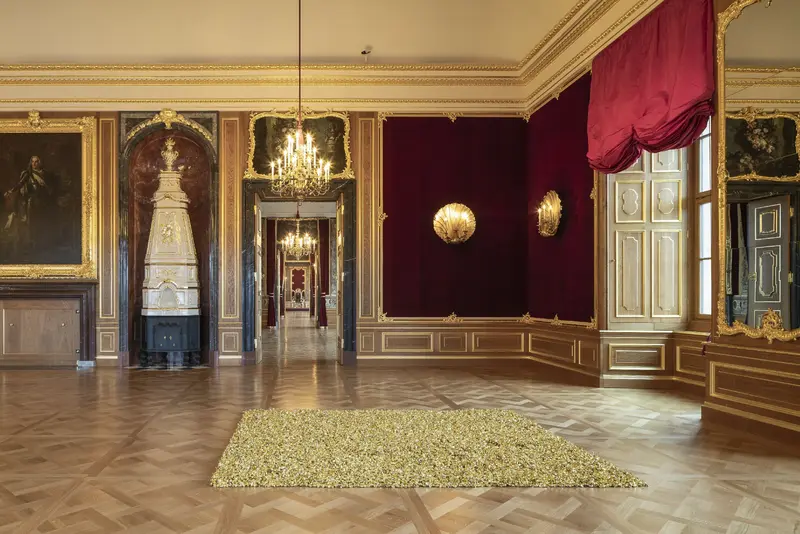
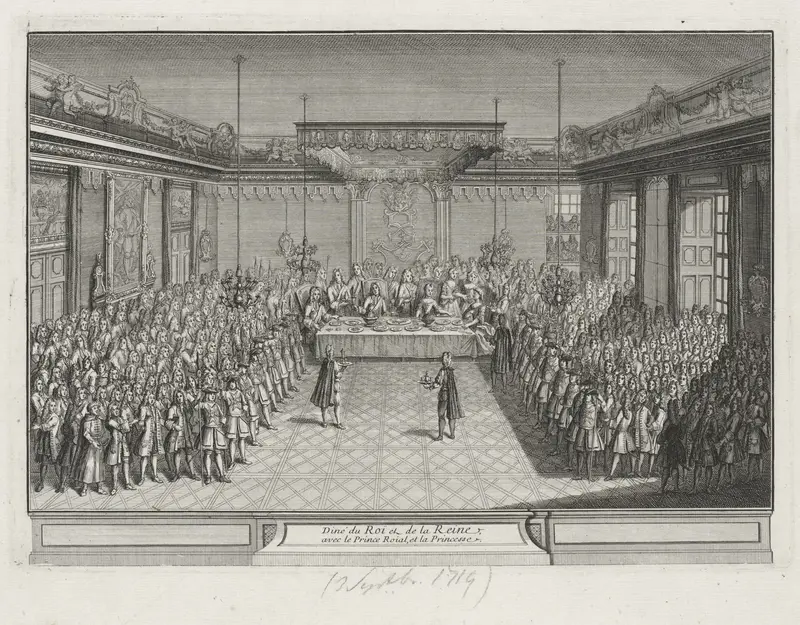

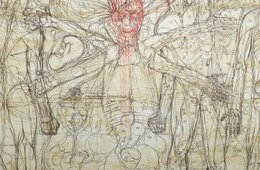
![[Translate to English:] [Translate to English:]](/fileadmin/_processed_/d/4/csm_202111_skd_inv_thronsaal_06_b_1f2528abc6.jpg)
